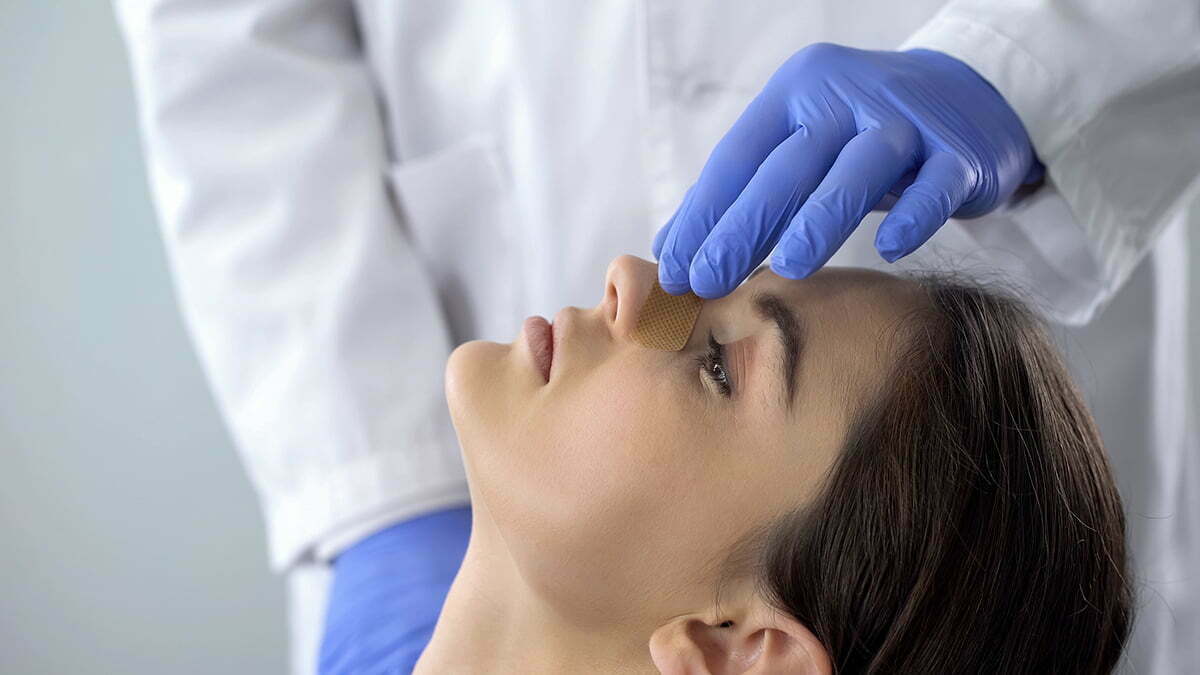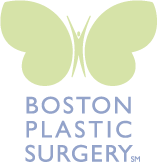7 Things You May Not Know About Rhinoplasty
Posted on November 15, 2019 | by Boston Plastic Surgery
As the central part of your face, the nose is an often overlooked yet important feature that can have a huge impact on your appearance. And as the over 40,000 American men and women who chose to have nose surgery last year will tell you, when your nose is ill-proportioned, it can be hard to focus on anything else.
If you’re unhappy with your nose, chances are you’ve already spent time researching the procedure and considering your options—and likely feeling overwhelmed by the amount of information available online. As a plastic surgeon in Boston, I work with patients who are concerned about the appearance of their nose every day, and I wanted to share some of the things I tell them as they are considering rhinoplasty.
1. Rhinoplasty isn’t only about aesthetics.
Did you know that an estimated 80% of the population has a deviated septum? For ideal function, the left and right nasal passages should be equal in size—and if the septum is off-center, it can come with a number of uncomfortable symptoms. Whether you simply have the seemingly small annoyance of trouble breathing through your nose or more severe symptoms like constant sinus infections, a plastic surgeon can help address the way your nose works and looks.
2. No two noses are exactly the same.
Your nose is uniquely you—and it plays a critical role in the overall balance and harmony of your face. How you see your nose when you look in the mirror is influenced by surrounding features. Two noses that are structurally identical will still look different on different people.
When I consult with my Boston rhinoplasty patients, I encourage them to bring in pictures of noses they like for inspiration rather than replicating exactly. Using these images as a visual guide to understanding your ultimate goals, I can then incorporate particular features in a way that works best for your appearance.
3. There is more than one type of rhinoplasty procedure.
While some plastic surgeons prefer one particular technique over another, the natural anatomy of your nose and the results you hope for will ultimately determine which type of rhinoplasty procedure will work best for you.
During your consultation, we’ll start by discussing your primary concerns and goals. I will then examine your nose to understand the ratio of bone to cartilage and take a closer look at your areas of concern.
There are two primary approaches to nose surgery:
- Closed rhinoplasty is performed by making an incision inside the nose which is not visible from the outside. This technique is less invasive, which helps reduce post-op swelling. Not all patients are good candidates for this technique; your surgeon will discuss your options during consult.
- Open rhinoplasty, on the other hand, is performed by making a small incision across the tissue between the nostrils and gently lifting the skin up to make necessary changes. While this technique may leave a tiny scar, it affords your surgeon greater access and precision.
4. Rhinoplasty is as much mental as it is physical.
Yes, rhinoplasty changes the physical appearance of your nose, but for many, there are also psychological benefits. In addition to feeling more self-confident after surgery, my patients often report their uptick in self-confidence helped improve many areas of their lives, including their work and interpersonal relationships. However, it is essential that you are undergoing surgery for the right reasons.
Choosing to have any cosmetic procedure should be something that you are doing for yourself, not because you think it will please others, help you get ahead in your job, or make you more attractive to someone.
5. It can take up to a year to see the final results.
Boston rhinoplasty patients will see some immediate changes following surgery, but I always tell patients that it can take several months to a year for all of the swelling to diminish, skin to contract, and your final look to appear. Your nose will gradually settle into its new shape over time, so don’t be disheartened when it doesn’t immediately look like you envisioned. Give it time.
Because a successful rhinoplasty surgery shouldn’t be overtly noticeable but a subtle improvement, most patients feel totally comfortable making their public debut long before final results are apparent—so you don’t have to be worried about hiding away for months.
6. Rhinoplasty is challenging, so surgeon experience is vital.
Whether you have a closed or open rhinoplasty, you still want to find a plastic surgeon who has a strong, successful history of rhinoplasty procedures under their belt. It is considered one of the most challenging cosmetic surgeries to perform, so experience makes a difference.
When considering a surgeon, make sure to verify their credentials, browse their websites, and look at their before and after rhinoplasty gallery. During your consultation, ask questions! Your surgeon may have additional before and after images to review, they can provide information about their training, and tell you more about what to expect from surgery. Make sure you feel comfortable with their ability to answer your questions, the recommendations they have for your surgery, and the quality of their previous results.
7. Rhinoplasty is often paired with other cosmetic procedures.
In addition to rhinoplasty, I often perform other procedures for patients at the same time to refine the look of their cheeks or chin to complement the changes to their nose. It can create a more natural and balanced look to the face and improve patients’ overall confidence and satisfaction.
About Our Practice
Boston rhinoplasty patients should know that they are in capable hands and will receive support every step of the way, from planning to recovery. If you’re unhappy with how your nose looks or functions, contact us today to book your consultation with Dr. Samah and learn more about how rhinoplasty can make a positive difference.
